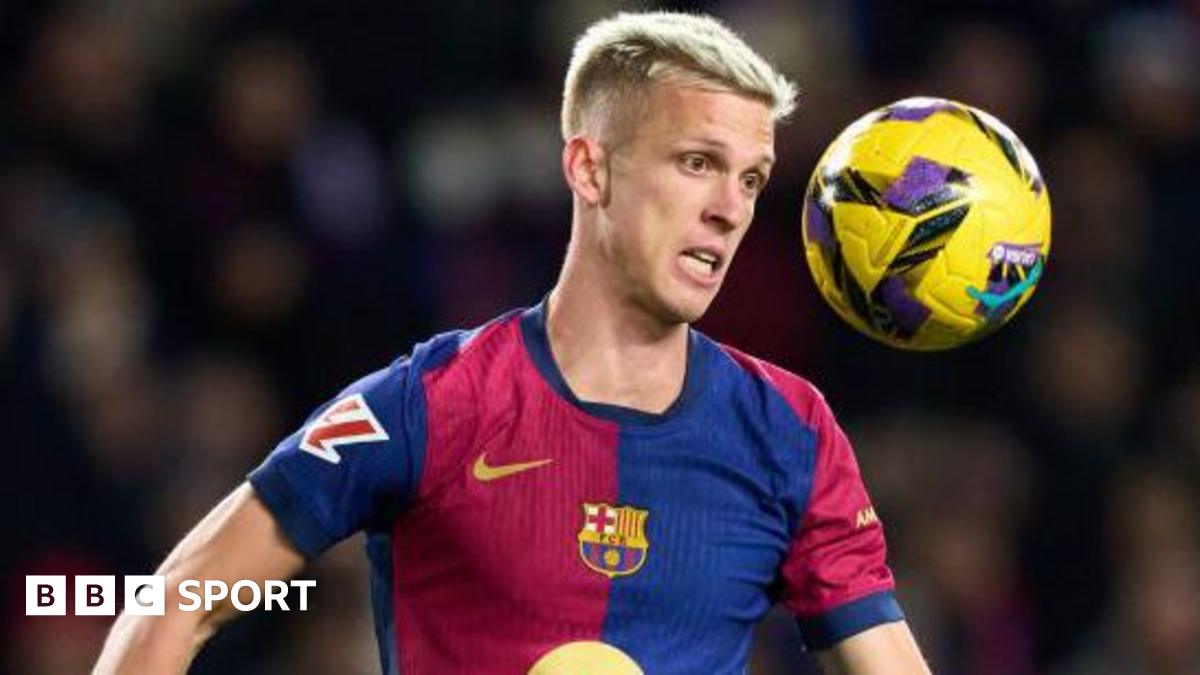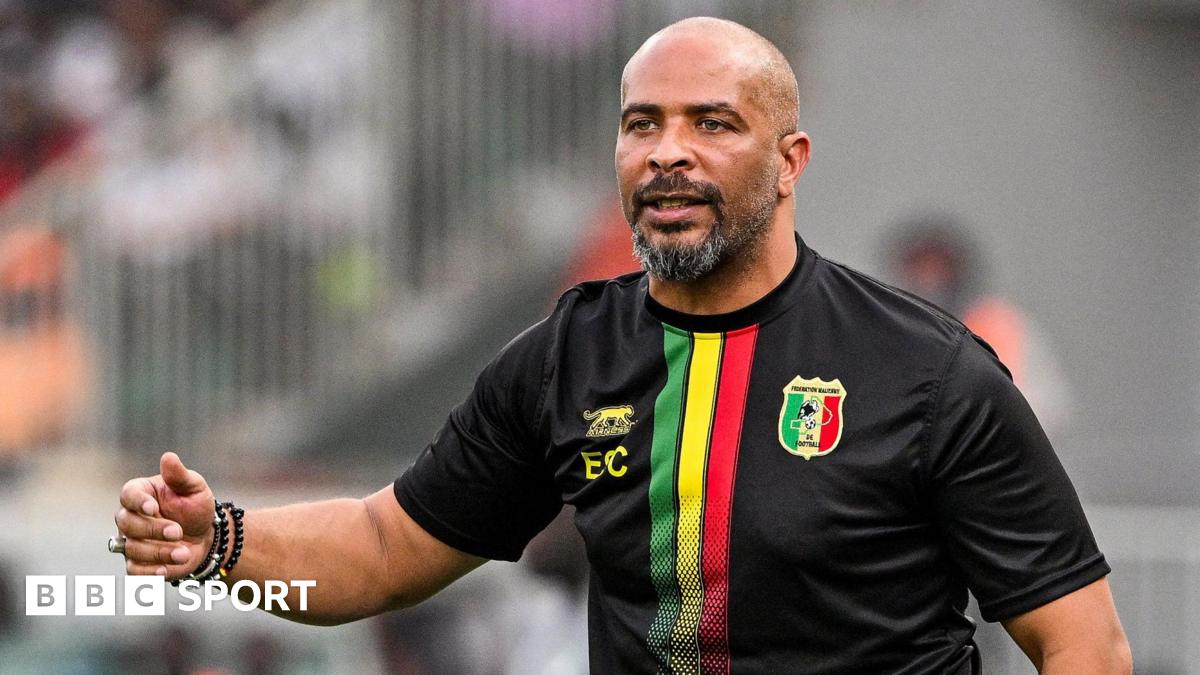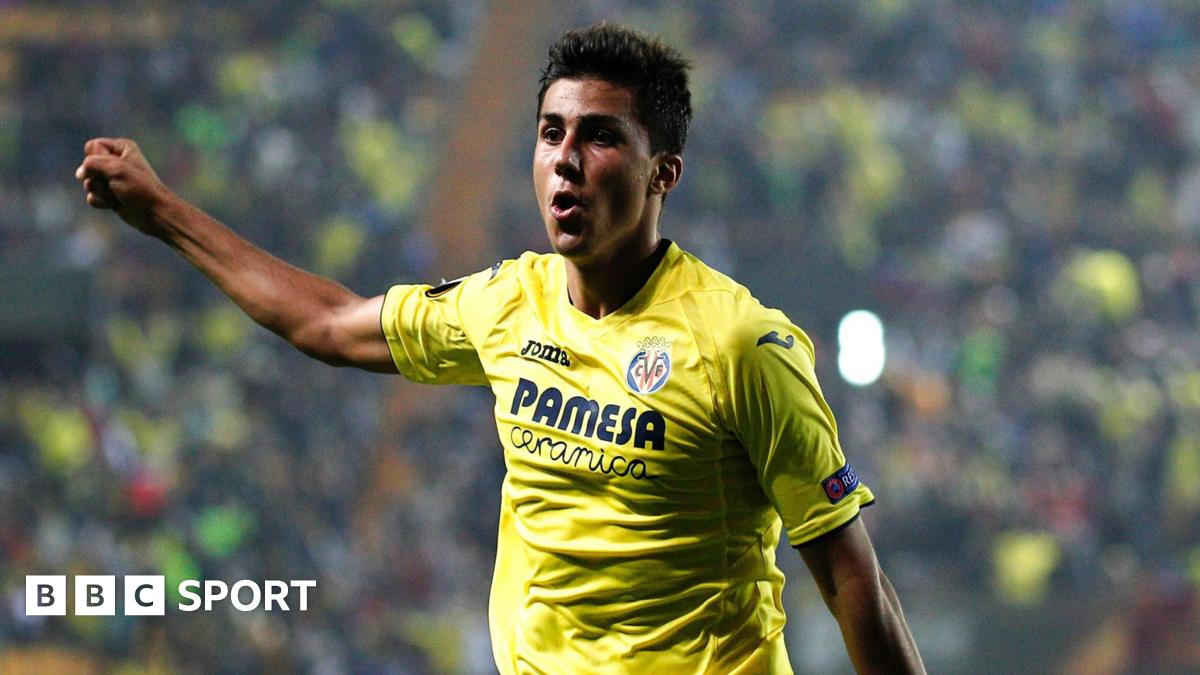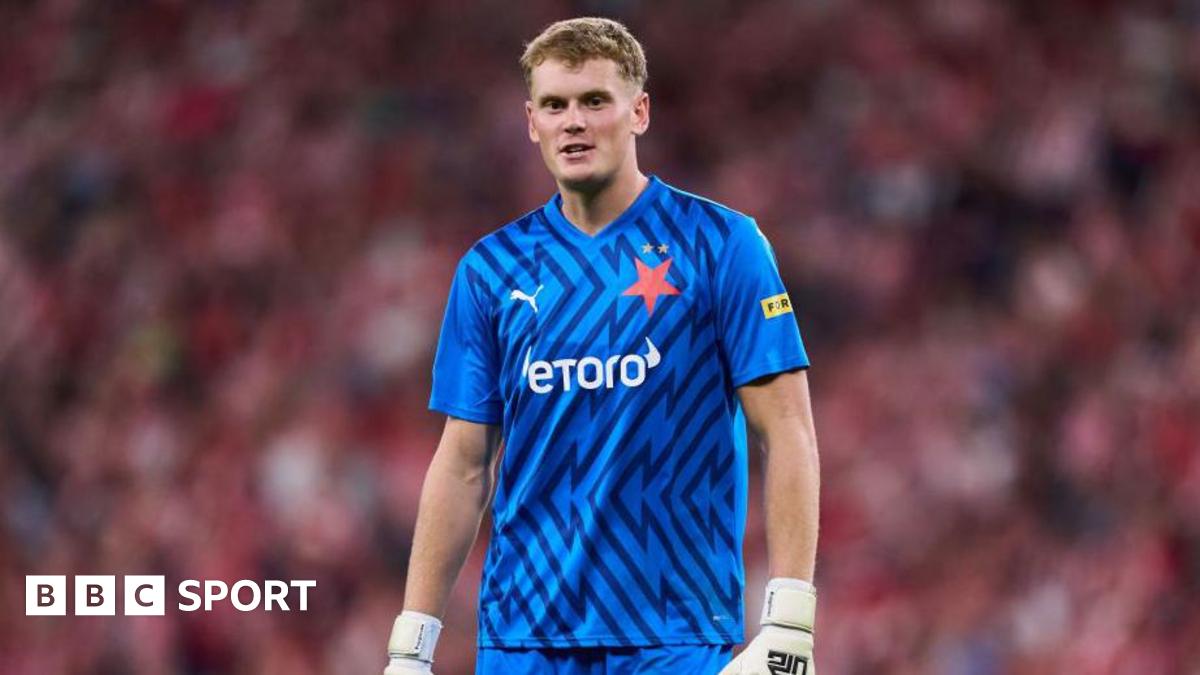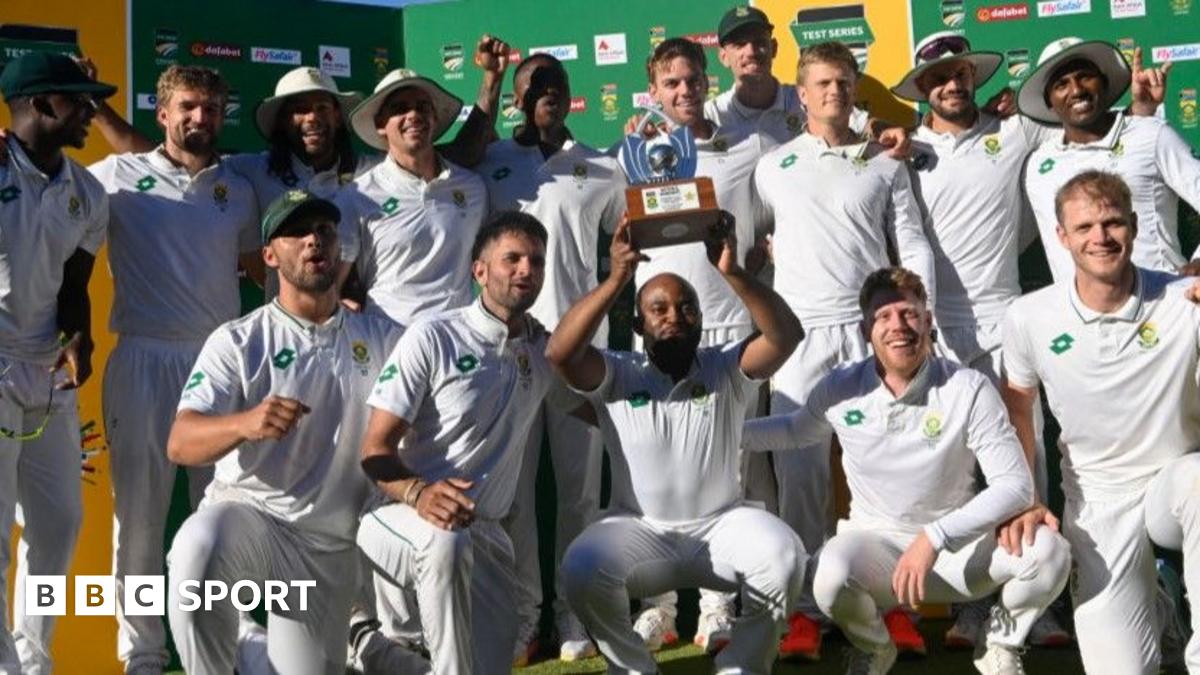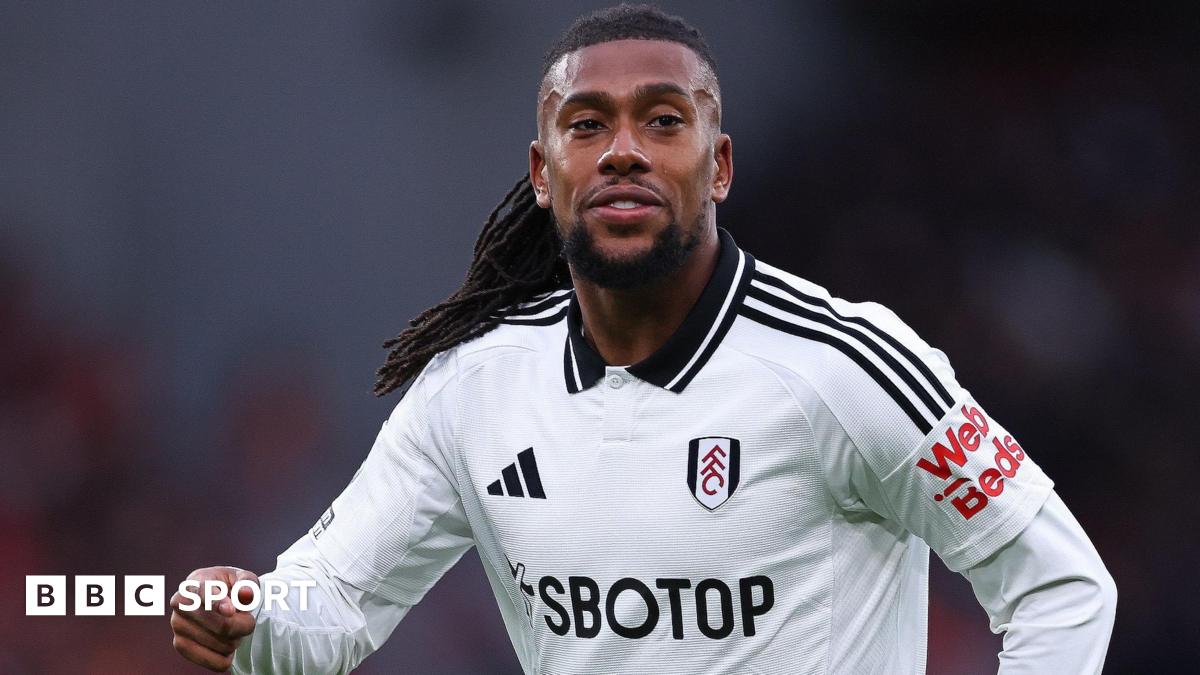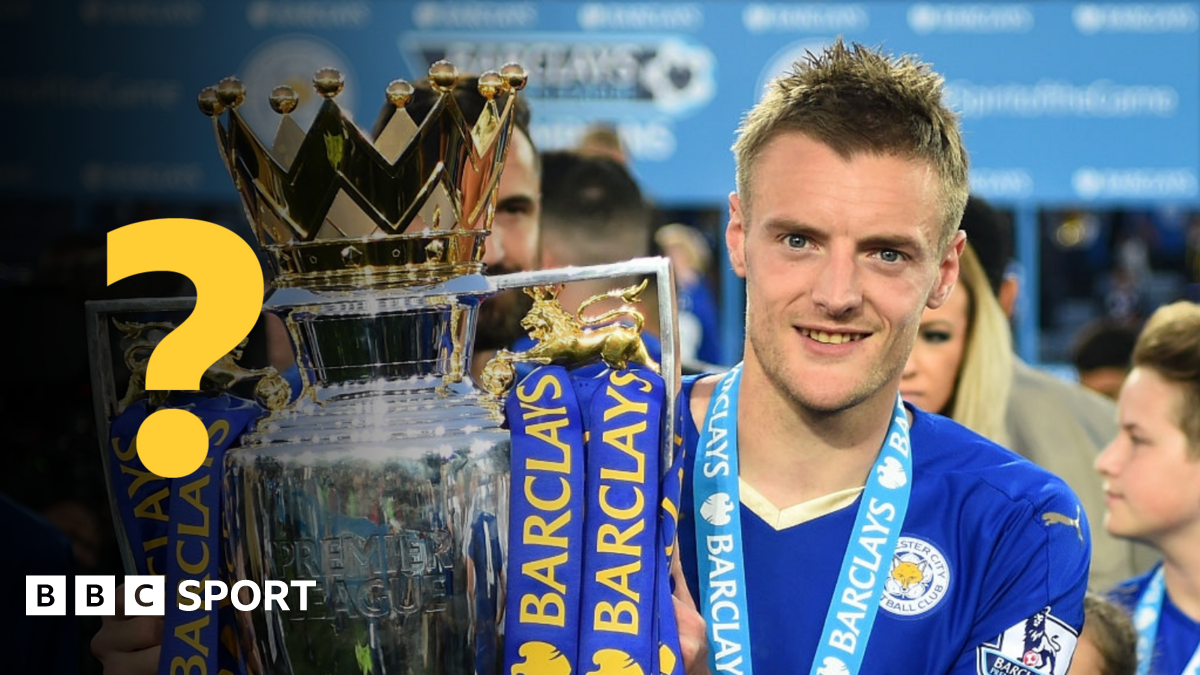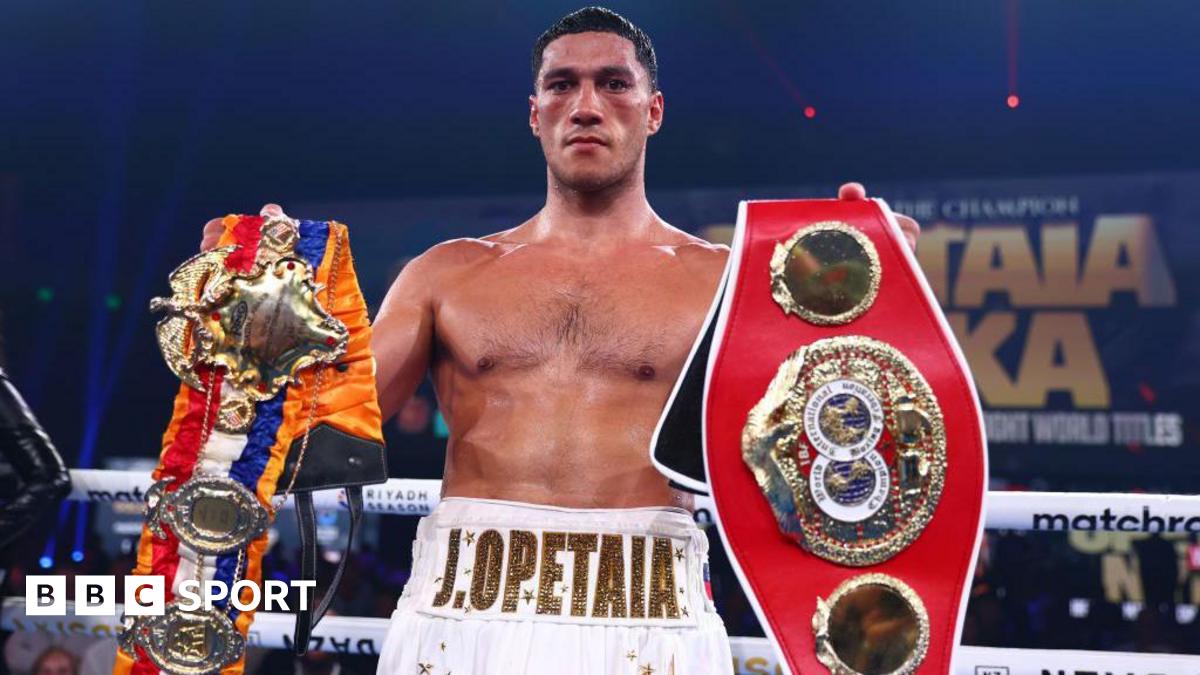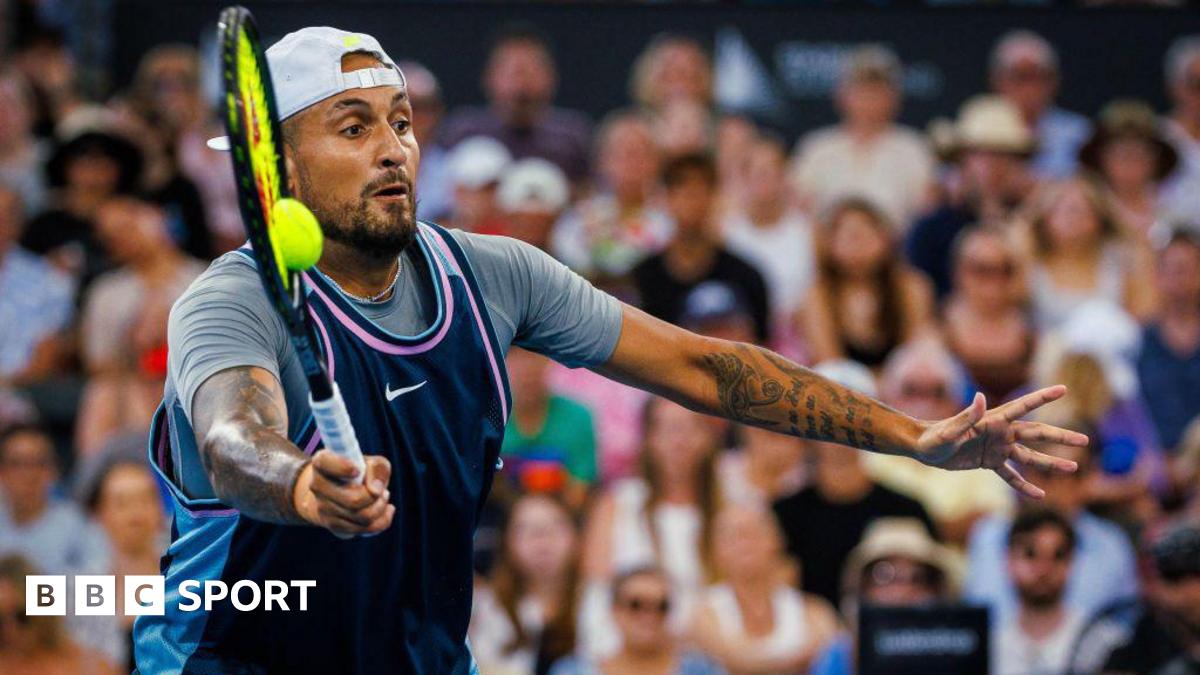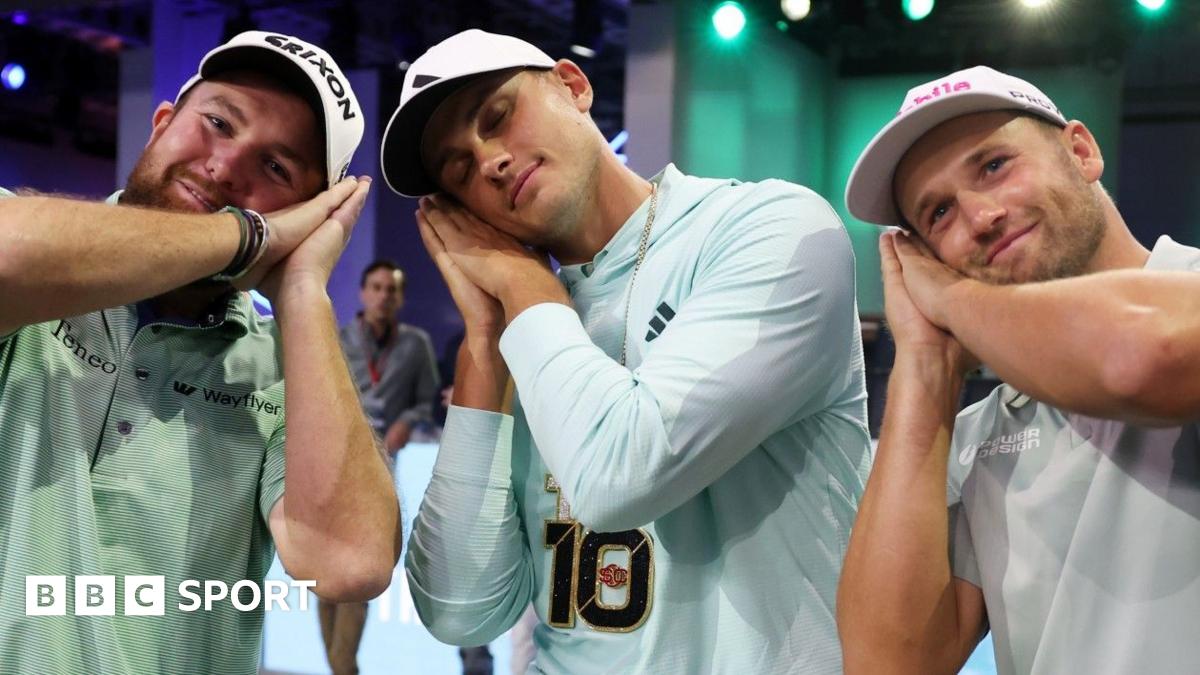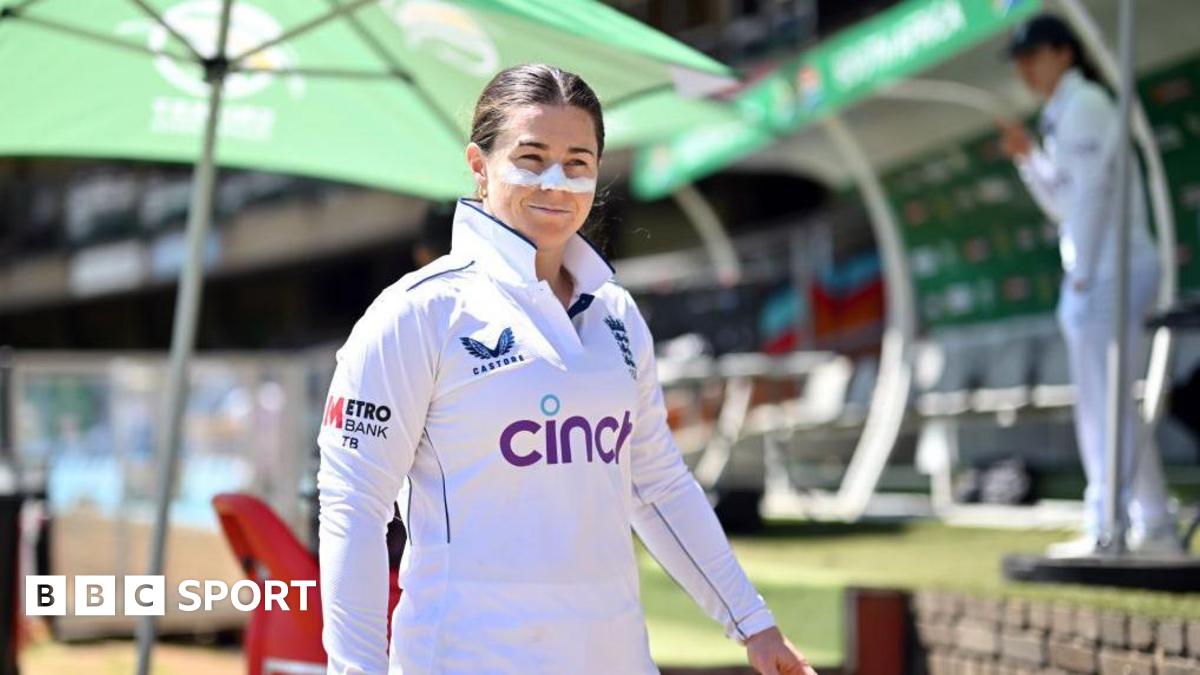Smart mouthguards are “a huge step forward” in rugby’s efforts to reduce the risk of brain injury, according to former Scotland captain Rory Lawson.
In Saturday’s loss to France, Scotland hooker George Turner became the first player in Six Nations history to have a head injury assessment after sensors in his mouthguard detected impact.
Lawson told the BBC Scotland Rugby Podcast he believes the “advancement in technology” can make the game safer by being an important tool in reducing concussions suffered by players.
“The alternative option we’ve had for the last little while is the independent match medical officer, who is watching the match live and also has a delayed broadcast so they can see something has happened and watch it back, but that’s still down to judgement of the naked eye.
“Now we’ve got this chip inside the mouthguards of the players who choose to do it – so it’s still optional – but they are aware it feeds through to the independent match doctor who is then able to withdraw them.”
The sensors within the mouthguards detect head impacts, accelerations and decelerations.
In the men’s game, impacts detected above 70g and 4,000 radians per second squared will trigger a warning that the player should be withdrawn from the field for a head injury assessment (HIA).
This happened to Turner in the 12th minute of Scotland’s 20-16 defeat to the French at Murrayfield. The hooker passed his HIA and returned to the field a few minutes later.
“I think it’s a huge step forward because it takes out of the equation some of the unseen,” said Lawson.
“It could be something that happens at the bottom of a ruck or something that looks fairly inconspicuous, but actually turns out to be [more serious]. It’s a big jump forward and something that needs to continue.
“We want to drive the narrative of the sport being safe and the welfare of players being right at the forefront of it and this is a big step forward in that regard.”

